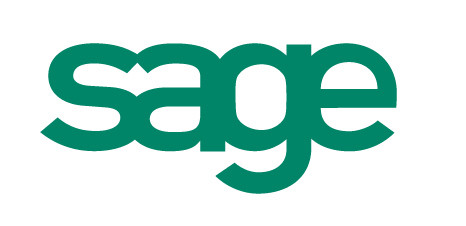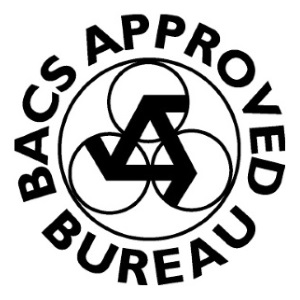Top 5 misconceptions about company liquidation
Company liquidation is often seen as a worst-case scenario, surrounded by fears and misconceptions. Many business owners associate liquidation with total failure, personal ruin, and immediate legal consequences. However, the reality is that liquidation is a structured legal process designed to wind up a company’s affairs in an orderly manner.
For businesses facing financial distress, understanding the liquidation process is crucial. It enables directors to make informed decisions that can protect their interests and, in some cases, even lead to a fresh start. In this article, we will debunk five common misconceptions about company liquidation, clarifying how the process works and what it means for business owners, creditors, and stakeholders.
1. Liquidation Means Total Business Failure
A common belief is that company liquidation signifies the absolute failure of a business. While liquidation does involve winding up a company’s operations, it does not necessarily mean that the directors or owners have failed.
In some cases, liquidation is a strategic decision rather than a forced one. For instance, when a company is no longer viable due to changing market conditions, directors may choose creditors’ voluntary liquidation (CVL) to close the business in a controlled and legally compliant manner. This approach can help directors settle debts responsibly while mitigating the risks of wrongful trading accusations.
Additionally, liquidation can provide business owners with an opportunity to start afresh. If a business has unsustainable debts but the core operations remain viable, directors can liquidate the existing company and launch a new venture under a different legal entity, provided they comply with insolvency laws. This process, sometimes referred to as a ‘phoenix company,’ allows entrepreneurs to learn from past mistakes and rebuild more effectively.
2. Directors Face Automatic Disqualification
Another widespread misconception is that company directors are automatically disqualified after liquidation. While the Insolvency Service does investigate the conduct of directors in cases of insolvency, disqualification is not automatic. It only occurs if the director is found guilty of wrongful or fraudulent trading, mismanagement, or other breaches of their fiduciary duties.
To avoid disqualification, directors should act responsibly when facing financial difficulties. This includes keeping accurate financial records, seeking professional insolvency advice early, and ensuring that creditor interests are considered throughout the liquidation process. Directors who cooperate with insolvency practitioners and follow legal procedures are unlikely to face disqualification.
3. Creditors Receive Nothing
Many assume that once a company enters liquidation, creditors will be left with nothing. While unsecured creditors may not always receive full repayment, they do have a structured process for recovering some of their losses.
During liquidation, the appointed liquidator assesses the company’s assets, sells them, and distributes the proceeds among creditors in a legally defined order of priority. Secured creditors, such as banks with charges over company assets, are typically paid first. Unsecured creditors may receive a portion of the remaining funds, depending on the company’s financial position. In some cases, voluntary liquidation offers a better return for creditors compared to forced liquidation through court intervention.
Additionally, if directors have provided personal guarantees for business loans, creditors may still have avenues to recover debts even after company liquidation.
4. Liquidation is Immediate and Sudden
Some business owners fear that liquidation will happen suddenly and without warning. However, liquidation is usually a structured, step-by-step process that allows time for planning and execution.
When a company is struggling financially, directors can explore various insolvency solutions before deciding on liquidation. If liquidation is deemed the best course of action, the process follows a clear legal framework. In the case of creditors’ voluntary liquidation (CVL), the directors take control by voluntarily initiating the process and appointing an insolvency practitioner to oversee the winding-up procedure.
Even in compulsory liquidation, where creditors petition the court to close the company, the process does not happen overnight. There are multiple stages involved, including creditor meetings, asset valuation, and formal legal proceedings.
Understanding these steps allows business owners to take proactive measures, such as seeking professional advice or considering alternative insolvency solutions before liquidation becomes necessary.
5. All Liquidations Are the Same
Not all liquidations are identical. Different types of liquidation serve different purposes, and understanding the distinctions is crucial for business owners.
The two main types of liquidation are:
- Creditors’ Voluntary Liquidation (CVL) – Initiated by company directors when the business is insolvent and can no longer meet its financial obligations. This allows for an orderly closure, with directors having more control over the process.
- Compulsory Liquidation – Occurs when creditors take legal action to force a company into liquidation due to unpaid debts. This process is initiated through a winding-up petition filed in court.
There is also Members’ Voluntary Liquidation (MVL), which applies to solvent businesses looking to close down in a tax-efficient manner. MVL is often used when company directors plan to retire or restructure their business operations.
Recognising the differences between these liquidation types helps directors make informed decisions about the best course of action for their business.
Need help with your business?
Company liquidation is often misunderstood, leading to unnecessary fear and confusion among business owners. While liquidation is a serious step, it is not always a disaster—it can be a strategic move to close a business responsibly and even create new opportunities for directors.
Understanding the truth behind these common misconceptions allows business owners to approach financial distress with clarity and confidence. Seeking professional advice from insolvency practitioners can help ensure that the liquidation process is managed efficiently and in the best interests of all stakeholders.
If you need help, contact us online today or give us a call at 0161 476 9000 for a free confidential consultation to discuss your options and find the best path forward for your business.












